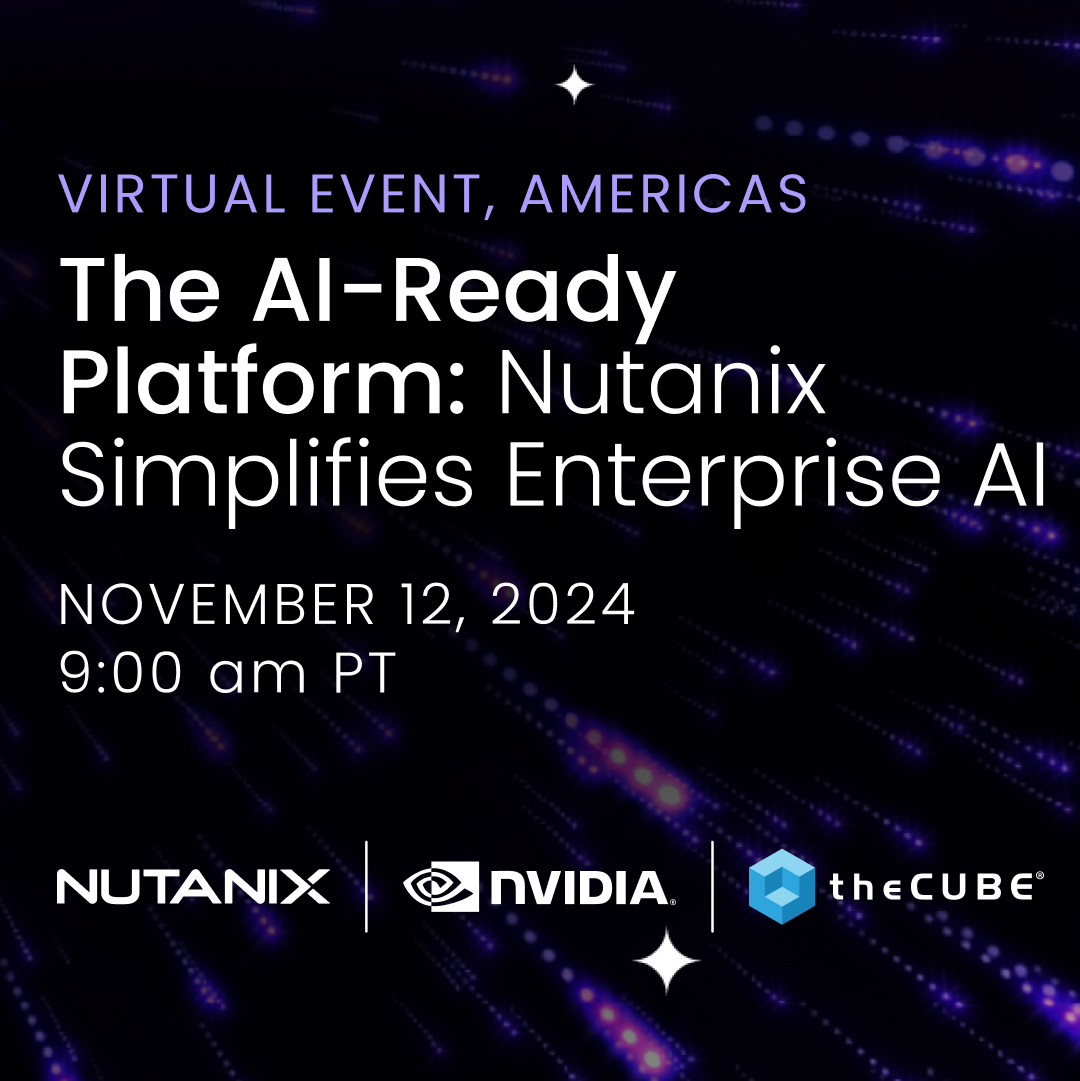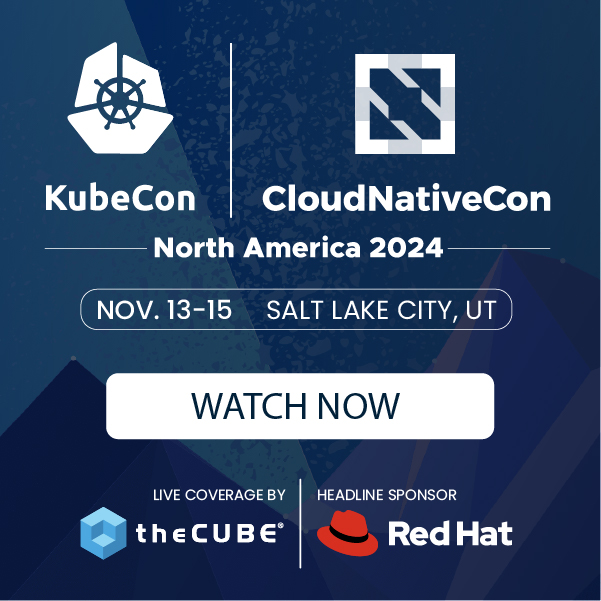Curating Data and Dollars: Monetizing the Untainted Mobile Facebook of Tomorrow
![]() Years ago, when the Internet was new, every visit to a website was a thrilling discovery, like a gold digger exploring the great unknown. But things have changed with the advent of the social Web, where we have started acting less like gold diggers and more like miners prospecting in the field and looking to exploit its rich veins.
Years ago, when the Internet was new, every visit to a website was a thrilling discovery, like a gold digger exploring the great unknown. But things have changed with the advent of the social Web, where we have started acting less like gold diggers and more like miners prospecting in the field and looking to exploit its rich veins.
Social networks have not only changed the way people communicate and share information, they also transformed the business environment. So aside from the cultural phenomenon of these social networks, they’ve also proven a powerful technological breakthrough.
Brands and companies are adopting user analysis models to help them understand how to bring their content to specific audiences. Using social data, analysts can get a clearer picture of their users, which can enable brand to bring your content to the targeted audience.
The Open Graph Protocol (OGP) is used by Facebook, Google Plus and many other social networks to exchange information on the Web. Facebook expands this protocol with its own social graph, accessible via the Graph API, which represents users and their connections with friends, pages, photo albums, events, and other states. But the matter of monetizing the digital representations of human interactions has become a controversial milestone for brands and social platforms alike.
Social Graph needs a mobile boost
![]() Despite mounting bad press in recent months, having botched its IPO and the withdrawal of $10 million by General Motors in advertising campaigns, Facebook continues to perform better with their products – largely driven by their social graph, ads on news feeds, and mobility.
Despite mounting bad press in recent months, having botched its IPO and the withdrawal of $10 million by General Motors in advertising campaigns, Facebook continues to perform better with their products – largely driven by their social graph, ads on news feeds, and mobility.
The concept of the social graph is not new, nor is is it unique to social media. Facebook is currently the largest social graph in the world. It knows your friends, friends of friends, and it knows when you and your friends are connected for a game, event, photo, video, chat or by music. Facebook then cumulates all the data and stores it in a systematic way. It has structured data on you, your social life, and other associated connections. Facebook then gives these data sets to brands to access to through its “Open Graph” API.
This social graph consists of all interactions between Facebook users and Facebook’s objects such as Web pages, brands, music, etc. This huge database allows Facebook to offer highly customized functionality to its users. It is also opens its platform for targeted advertising.
Using the social graph, markers and developers can leverage details about users and their relationships with photos, events, businesses, and real-world locations to reach their ideal users and customers directly.
News Feeds turned mobile ads
![]() Facebook has spent years and priceless resources building its socially aware platform, and with a dismal IPO looming overhead, the pressure is on to turn social connections into a powerful revenue stream. The massive social network has been toying with a few things in the advertising sector, recently adding brand deals to News Feeds. Companies will be able to focus their advertising on the basis of information contained in user profiles. These ads appear as regular updates in your feed, but will be marked as advertisements. This feature, according to Facebook founder Mark Zuckerberg, could bring the company about $1 million a day.
Facebook has spent years and priceless resources building its socially aware platform, and with a dismal IPO looming overhead, the pressure is on to turn social connections into a powerful revenue stream. The massive social network has been toying with a few things in the advertising sector, recently adding brand deals to News Feeds. Companies will be able to focus their advertising on the basis of information contained in user profiles. These ads appear as regular updates in your feed, but will be marked as advertisements. This feature, according to Facebook founder Mark Zuckerberg, could bring the company about $1 million a day.
The added perk is deals’ ability to leverage users’ location, increasing its appeal to advertisers. It’s an interesting way for local companies to get new customers and retain others, thanks to the immediacy of Facebook and ready accessibility.
The ads in the News Feed integrated with Facebook mobile have become a hit with advertisers, while proving to be the most effective way to buy fans on the social network. With the highest click rate of 1.037%, and the second higher rate of conversion with a 65.76%, mobile ads are worth a second look for companies that want to gain a presence in social networks, boosting the potential to convert these small screens in large revenue streams.
A study by AdParlor, one of the largest shopping service advertising firms on Facebook, found that companies looking to build a fan base should buy as many mobile ads as they can.
Benefits for Facebook
![]() The Open Graph is the set of activities performed outside of Facebook that are posted on user profiles. So if you are registered on a streaming music site via Facebook Connect, your listening activity is visible to your friends on the network. This also applies to the “Like” buttons as seen on many sites, including online publishers.
The Open Graph is the set of activities performed outside of Facebook that are posted on user profiles. So if you are registered on a streaming music site via Facebook Connect, your listening activity is visible to your friends on the network. This also applies to the “Like” buttons as seen on many sites, including online publishers.
This system enables the sites in question to add a social dimension to their own business model. For Facebook, it allows you to centralize your social activities, making the network useful for any online business. The more they explore about an individual, the better they can personalize their experience.
“In this way, we can keep news feed an engaging service where people come to get the information that is most interesting to them,” Facebook believes, as stated on their Newsfeed, Engagement and Promoted Posts.
Curating data and dollars
Content curation will come into play, where selling advertising alongside content is now only one of many ways that independent and commercial publishers, and marketers alike are thinking about how to generate revenue from social content. Facebook can use this data to monetize the network – mainly by selling targeted advertising.
“The collective power of tweets, likes, pins, etc. is being used to drive new revenue streams, and product development cycles,” says Pete Sheinbaum, founder and CEO of LinkSmart. “Users can be targeted by what types of content they follow, resulting in more relevant ads and products being served to them. Publishers on the other hand can attach commerce models to the conversational platforms they have offered readers. Analyzing the trends in content can set the strategic direction for product managers to stick to, or abandon, their initial ideas. Focus groups are now pin boards. Market studies are now trending tweets. Measurement is measured is mentions in and around viral videos and articles.”
Now, as more and more members are connected via their smartphone or tablet, the development of social networks has introduced a new dynamic to the analysis of customer data. Facebook currently earns almost $1.20 a year from every individual Facebook member. The more mobile data and users interest Facebook collect, the more they can personalize the experience and the more they earn. The trend can lead to build quicker social graph for marketer.
It is also important to develop mobile applications tailored to the social networks, as more and more members are connected via their smartphone or tablet (they are 1/2 on Facebook globally). These applications will be able to leverage all the native capabilities of mobile devices to deliver a unique user experience.
Benefits for Brands
![]() The social graph, when applied correctly, can enable brands to provide a better targeted and more personalized service, in turn providing them the data to shape their products. The inclusion of mobile has granted a much more personalized interaction for end users, prompting a second opportunity for Facebook to build an advertising platform that both users and brands are comfortable with.
The social graph, when applied correctly, can enable brands to provide a better targeted and more personalized service, in turn providing them the data to shape their products. The inclusion of mobile has granted a much more personalized interaction for end users, prompting a second opportunity for Facebook to build an advertising platform that both users and brands are comfortable with.
Facebook is being careful not to saturate the mobile version of the social network or spoil user experience just yet. This means that advertisers will have to develop different targeting combinations to reach the greatest number of users via mobile.
Using the social graph, brands personalize the content of their sites to the interests of their visitors, and also highlight the content most viewed by users. And the biggest opportunity is to combine these social graphs with a brands own proprietary data to build a bespoke data set towards the development of customized products and personalize services for customers.
A message from John Furrier, co-founder of SiliconANGLE:
Your vote of support is important to us and it helps us keep the content FREE.
One click below supports our mission to provide free, deep, and relevant content.
Join our community on YouTube
Join the community that includes more than 15,000 #CubeAlumni experts, including Amazon.com CEO Andy Jassy, Dell Technologies founder and CEO Michael Dell, Intel CEO Pat Gelsinger, and many more luminaries and experts.
THANK YOU















